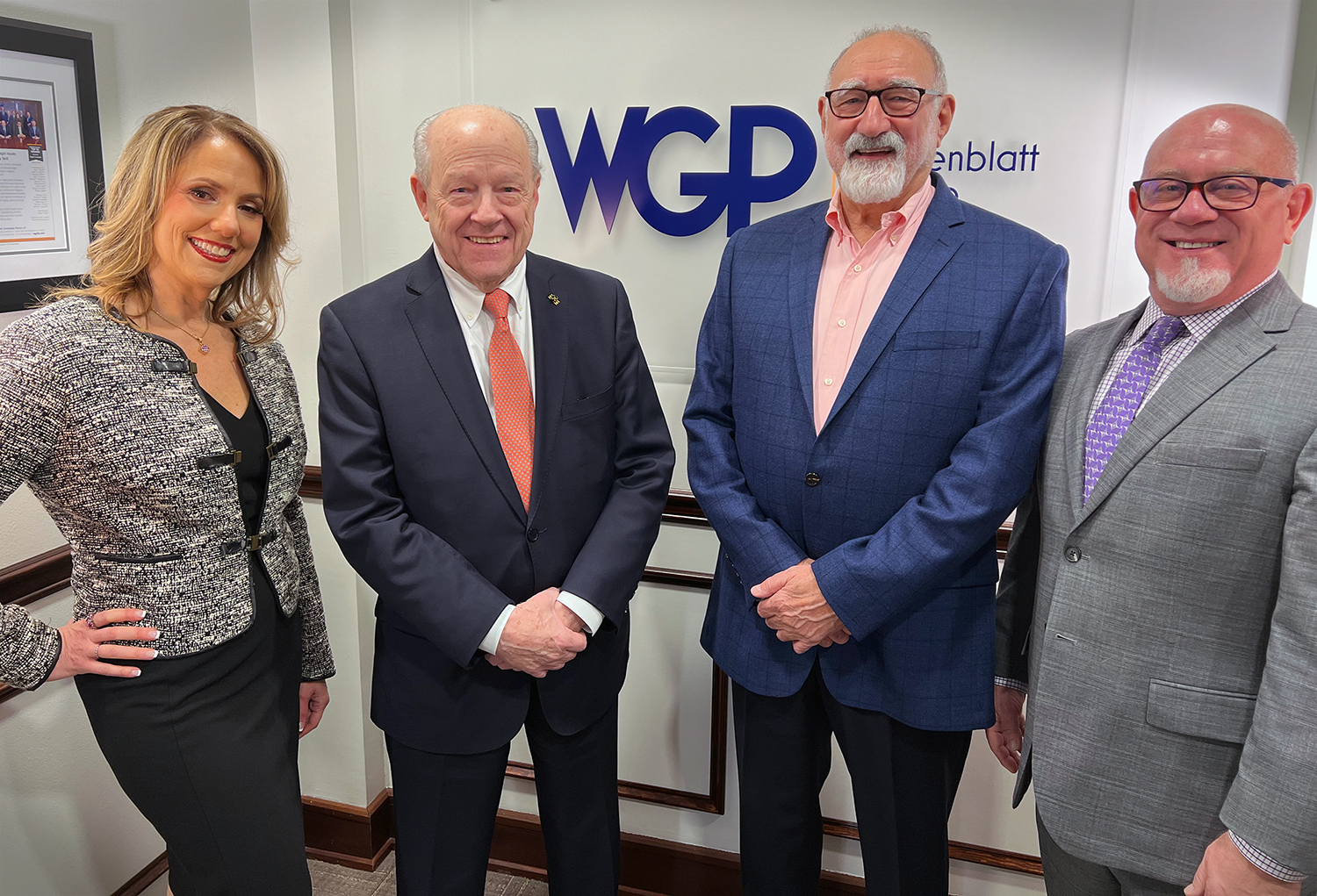On Sunday, June 12, 2016, The Inquirer published a commentary by Alan L. Yatvin commemorating the 50th Anniversary of the U.S. Supreme Court’s landmark decision in Miranda v. Arizona.
In court and culture, ‘Miranda’ endures
Alan L. Yatvin
On Jan. 31, 1976, Ernesto Arturo Miranda died of stab wounds suffered in a fight over a card game in a dive bar in Phoenix. His passing made for a few lines in papers across the country.
The mother of law professor Charles Whitebread clipped the story and sent it to her son with the note “Isn’t it a shame, after all he did for us.” What he did for us is lend his name to a landmark June 13, 1966, decision of the U.S. Supreme Court, Miranda v. Arizona.
In 1963, when Miranda was arrested in Arizona as a suspect in three rape/attempted-rape cases, suspects being questioned in police custody had the right to remain silent, and the right to an attorney even if they could not afford one. What was not so clear, though, was whether the police had to explicitly tell a suspect of those rights before questioning.
Miranda agreed to be placed in a lineup. Two witnesses identified him but were not certain. When he asked how he did after the lineup, the police allegedly told him not very well, whereupon Miranda confessed. He was convicted, and the Arizona Supreme Court upheld his 20-to-30-year sentence.
A volunteer lawyer for Miranda filed a petition for a writ of certiorari asking the Supreme Court to take the appeal. The justices agreed to hear Miranda’s case, along with cases raising the same issues from New York, California, and Missouri. Because Miranda’s appeal was listed first, the decision is known by his name. (If the court had listed the New York case first, police could be giving suspects their Vignera rights.)
The consolidated case drew more than a dozen briefs, running hundreds of pages. Ten lawyers argued for more than seven hours, over three days. Former Nuremberg prosecutor Telford Taylor argued for New York and, by special leave, for the attorneys general of 27 states, plus Puerto Rico and the Virgin Islands. Civil rights icon Anthony Amsterdam filed a brief on behalf of the ACLU.
On June 13, 1966, the second-to-last opinion day of the Supreme Court’s term, Chief Justice Earl Warren delivered the opinion of the 5-4 majority. The Miranda warnings were born. From that day forth, prior to questioning a suspect in custody, police read those now-familiar rights, containing the key elements of Warren’s decision:
“You have the right to remain silent. Anything you say can and will be used against you in a court of law. You have the right to speak to an attorney, and to have an attorney present during any questioning. If you cannot afford a lawyer, one will be provided for you at government expense.”
Like no other area of the law before or since, the Miranda warnings took off. They became part of standard police procedure nationwide, often routinely recited upon arrest, even when there was no intention to question. The warnings also quickly became part of the popular culture. A year later, the popular police series Dragnet featured Jack Webb’s Sgt. Joe Friday and his partner routinely reading suspects “their rights.
“In 2000, the Supreme Court considered whether to overrule Miranda. It is apparent from Chief Justice William Rehnquist’s opinion in Dickerson v. United States that he would not have sided with Warren’s 1966 opinion. However, unlike dissenters Antonin Scalia and Clarence Thomas, Rehnquist concluded that Miranda was deserving of stare decisis (Latin for “to stand by things decided”).
The chief justice noted that “Miranda has become embedded in routine police practice to the point where the warnings have become part of our national culture.” As even the National District Attorney’s Association conceded in a friend of the court brief: “[W]arnings are generally advisable when questioning criminal suspects, and should be embodied in police practices. . . .”
Certainly Miranda at 50 no longer has all of its vitality. If a suspect’s lawyer tells the police the client wishes to remain silent, police don’t have to let that lawyer into the room or stop questioning if the suspect has agreed to speak after Miranda warnings. Even if a statement is inadmissible due to a Miranda violation, some evidence obtained as a result of that statement may be admissible. A statement obtained in violation of Miranda can still be used to impeach a defendant who takes the stand in his own defense.
There is also an exception for public safety. In 2010, the Supreme Court decided a trio of cases further narrowing the rule of Miranda, declaring: A suspect’s request for a lawyer is good for only 14 days after release from custody; and police need not explicitly tell suspects they have a right to counsel during questioning. In the third case, the court stated that suspects must unambiguously announce to police that they wish to remain silent. Or, to paraphrase the irony noted in Justice Sonia Sotomayor’s dissenting opinion, a suspect must break his or her silence to invoke the right to that silence and stop police questioning.
Whitebread, the professor whose mother mourned Miranda’s passing, believed the Supreme Court would never reverse Miranda. On the 20th anniversary of Miranda, he said:
“Too many Americans watch television. Everyone knows that when they get arrested they have some rights. They might not know what they are exactly, but they know they have them. This court, no court, wants to be known as the court that took away America’s rights.”
After the conviction was reversed in 1966, the Arizona prosecutor retried Miranda with other evidence, including a confession to his live-in girlfriend. Miranda was convicted in the second trial. He served a total of 11 years in prison before being paroled. After his release, he allegedly got police officers to give him Miranda warning cards, which he supposedly autographed and sold for a few dollars each.
And the men suspected of stabbing Ernesto Miranda 40 years ago? Each was read Miranda warnings, waived his right to counsel and right to remain silent, and agreed to be interviewed by detectives.
Published: June 12, 2016 — 3:01 AM EDT The Philadelphia Inquirer





